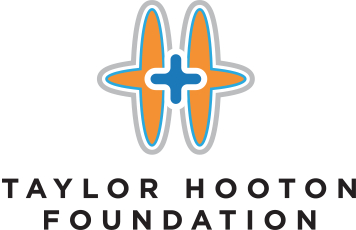May 6, 2014
Performance Nutrition
by: Lisa Dorfman, MS, RD, CSSD, LMHC, The Running Nutritionist®
Your best training fuel for training starts with calories, but ultimately depends on your daily food choices. Carbohydrates, fats and to a lesser extent protein are used for training, however, training intensity and duration, fitness level, previous and present diet all impact the fuels you use.
High-intensity, short-duration workouts like track and swim intervals rely primarily on sugar and stored sugars in muscles and liver—called glycogen for fuel. Without a high carbohydrate diet, especially for high-intensity workouts, races, track workouts or other workouts such as sprinting, weight lifting, tennis or boxing you’ll run empty.
Complex carbohydrates such as whole grain, fruits and vegetables are healthier for your body than simple sugars from candies, desserts and soft drinks because they are more nutrient dense—tend to be higher in vitamins and minerals which help you to use energy from food; fiber (s)—all kinds which keep blood sugars level, sugar spikes to a minimum, your gut fit and reliable; and phytonutrients—natural plant compounds that help your body to use fuel, stay fit, recover faster and reduce the risk for chronic diseases.
How much is enough?
If you train moderately, say between 50-70% of your maximum heart rate ((220- age) x .50-.70) (you can check this by taking your heart rate manually or with a monitor), you can meet your daily fuel needs by using the following formula:
• 45-55% carbohydrates (3 to 5 grams/kg day),
• 10-15% protein (0.8 to 1.0 grams/kg/day)
• 25-35% fat (0.5 to 1.5 grams/kg/day)
(Kilogram bodyweight= weight in pounds divided by 2.2)
To calculate kilogram body weight, for example, if you weigh 120 pounds then you divide by 2.2 and you get 54 kilograms.
If your training picks up, or you’re maintaining a hectic lifestyle like going to school & working along with consecutive training days, 2-a- days or several workouts a week, then you will need more carbohydrates and protein to prevent breaking down. Shoot for a minimum of at least 50%, but ideally 60% to 70%, of total calories from carbohydrates (5 to 8 grams/kg/day) protein (1.2 to 1.7 gms/kg body weight) and fat (20% to 30% of total calories).
These numbers are just a starting place for your diet, but as you know when you get to a “starting line” anything can happen—diets, like races are trial and error. The more you try, the better you get. And like selecting the right gear, keeping the following in mind will help you select the best food value for your calorie budget:
Make your calories count—eat a wide variety of foods, even within food groups and brands to get the most vitamin and mineral bang for your buck. Some brands may also just work better for you.
- Choose at least 5 colors a day for your plate representing all the food groups on a daily basis.
- Eat at least 3 meals and 3 snacks throughout the day to sustain energy levels, manage blood sugars and assist with pre workout and recovery fuel.
- Choose wholesome and fresh foods whenever possible with limited additives, colorings, flavoring and/or processing. If you have limited access to fresh and wholesome, go for frozen organic or without sauces/seasonings, then canned, low sodium and/or rinsed.
